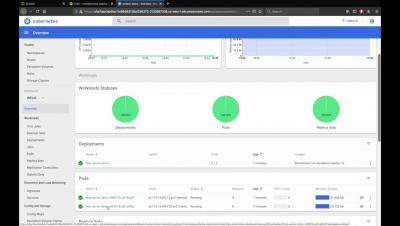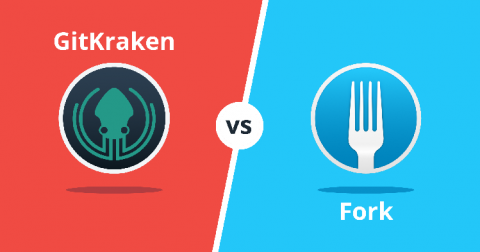Operations | Monitoring | ITSM | DevOps | Cloud
DevOps
The latest News and Information on DevOps, CI/CD, Automation and related technologies.
CircleCI Kublr Orb
10 Indispensable Amazon EKS Features and Updates You Ought to Know
Amazon’s Elastic Kubernetes Service (EKS) is the company’s managed option for Kubernetes clusters. We have several articles on using AWS and Kubernetes on our blog, and felt there was a need to highlight some of the key features that AWS EKS offers. Many of these features have been rolled out or updated over the last year. We have mentioned some of these features in other posts, such as our comparison of EKS with AKS and GKE.
GitKraken vs Fork
In an effort to provide a comprehensive comparison of our tool against other Git clients on the market, we have explored how GitKraken fares against some formidable competitors: And now, we’re taking on the GitKraken vs Fork argument.
Detect, Debug, Deploy with Codefresh & Lighstep
Enabling More Effective Kubernetes Troubleshooting on Rancher
As a leading, open-source multi-cluster orchestration platform, Rancher lets operations teams deploy, manage and secure enterprise Kubernetes. Rancher also gives users a set of container network interface (CNI) options to choose from, including open source Project Calico.
Product Update: More Global Infrastructure
We’ve added production instances in two new locations: US-WEST-2 (Oregon) and AP-SOUTHEAST-2 (Sydney). These are just the first of many, but together they deliver serious performance improvements for our customers around the globe.
Introducing the Ubuntu AWS Rolling Kernel
The linux-aws 4.15 based kernel, which is the default kernel in the Ubuntu 18.04 LTS AMIs, is moving to a rolling kernel model.
Key metrics for OpenShift monitoring
Red Hat OpenShift is a Kubernetes-based platform that helps enterprise users deploy and maintain containerized applications. Users can deploy OpenShift as a self-managed cluster or use a managed service, which are available from major cloud providers including AWS, Azure, and IBM Cloud. OpenShift provides a range of benefits over a self-hosted Kubernetes installation or a managed Kubernetes service (e.g., Amazon EKS, Google Kubernetes Engine, or Azure Kubernetes Service).











